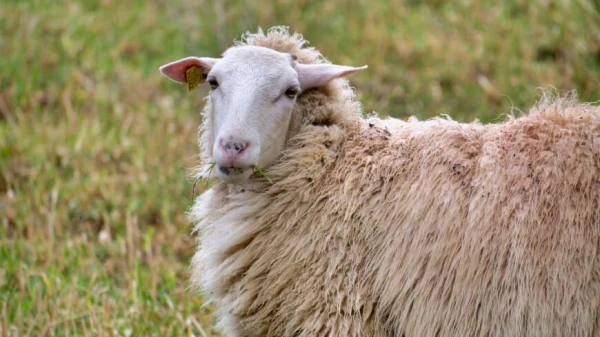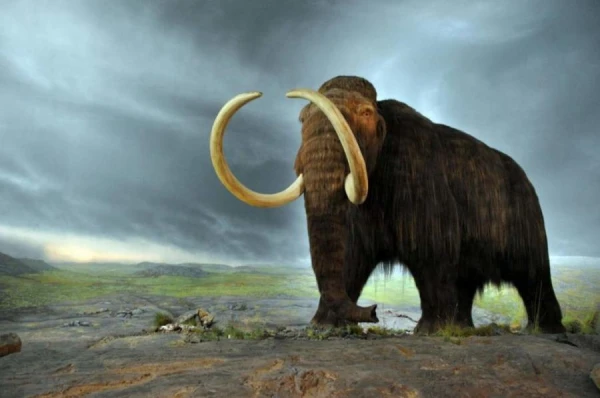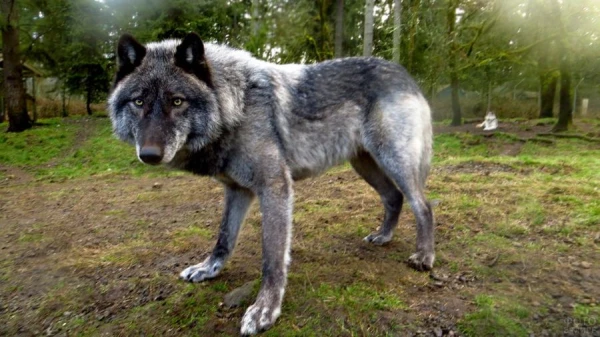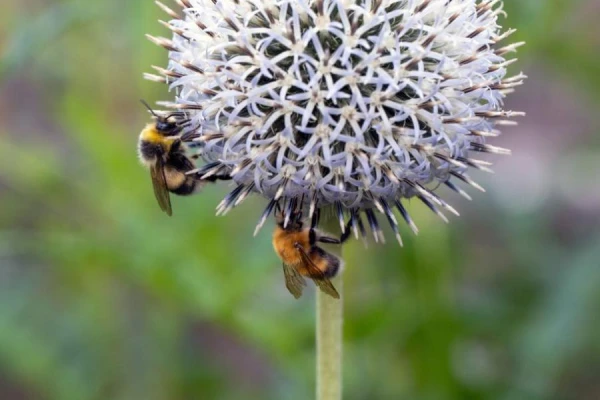
The brains of corvids and parrots contain numerous small neurons, which collectively outnumber those in primates.
Zoo psychologists can provide numerous striking examples of crows, magpies, jays, cockatoos, and African grey parrots demonstrating outstanding cognitive abilities. However, as the number of such examples increases, the question arises more frequently: how do they manage it?
Feathered intellectuals are nearly on par with primates, but when considering brain size (of course, relative to body size), it turns out that birds significantly lag behind monkeys—not to mention that they lack the developed cerebral cortex, which is the main "cognitive organ" of mammals.
Nevertheless, over time it has become known that some functions of the cortex in birds are partially performed by the striatum. This is a more ancient part of the brain, from which one would not typically expect special "cognitive" abilities. However, in birds, the striatum has significantly increased and become more complex, allowing it to participate in complex behaviors.
Moreover, when comparing "ordinary" birds, such as pigeons, with smarter ones, like crows, it can be observed that crows have twice as many neurons in their brains, and their density is also twice as high. The neuronal cells (both neurons and supporting glial cells) in crows are smaller, while their intercellular complexes responsible for processing information are larger.
But this is only in comparison to pigeons. What about mammals? Despite the fact that crows have smaller neurons and higher density, the total number of nerve cells still falls short compared to animals. However, as researchers have found, the situation is the opposite. In a paper published in PNAS, scientists from Charles University in Prague, along with colleagues from the University of Vienna and Vanderbilt University, compared the number of neurons in the brains of animals and 28 species of birds, concluding that songbirds and parrots have twice as many neurons in their brains as monkeys and four times more than rodents (if monkeys and rodents were the same size as parrots).
What is the neurobiological trick? It is believed that the larger the neuron, the more connections it can form with other cells. Therefore, the larger the brain, the more large neurons it can contain, the more neuronal chain combinations can be formed, and the higher the cognitive abilities will be.
Birds have large nerve cells capable of forming long-range connections. However, if one closely examines the structure known as the pallium of the forebrain (and the cortex of mammals forms the pallium), it can be seen that birds have many small neurons in the pallium that mainly interact with the immediate environment. Thus, birds have managed to increase the number of cells in their brains simply by reducing their size. Parrots and corvids have particularly excelled in this, resulting in their brains (specifically, the forebrain region) surpassing those of primates in both cell density and quantitative ratio. The forebrain, pallium, and cortex are traditionally responsible for higher cognitive functions, so it is now clearer why parrots and crows are not inferior to monkeys in mental abilities.
It would now be interesting to know if there are any peculiarities in the functioning of these small neurons. As mentioned earlier, they cannot interact with distant cells, and evidently, the nerve chains in birds' "cortex" are small, so to speak, of local significance. Therefore, the exchange of information between different neuronal blocks may occur differently than in the case of neurons capable of forming long-range connections.
In any case, it remains to be hoped that new data will sufficiently interest neurobiologists to want to finally uncover the secret of birds' mental abilities.















Leave a comment